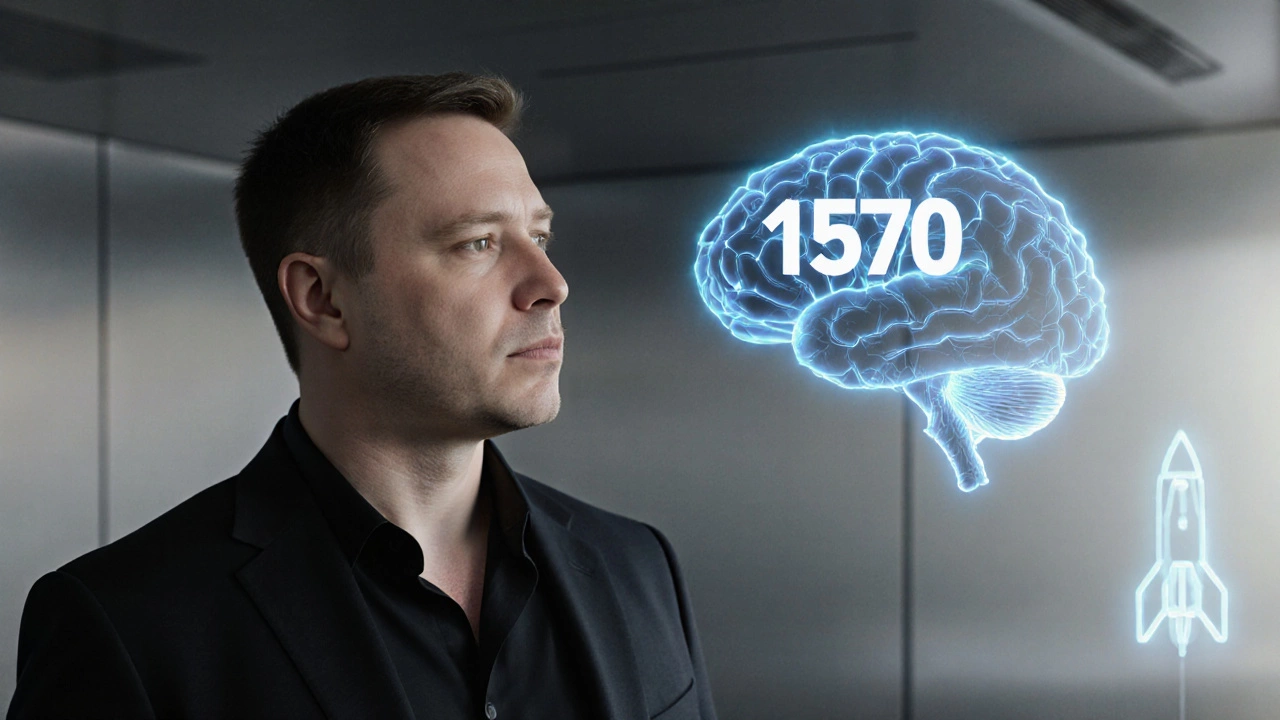Artificial Intelligence: What It Is, Who Uses It, and Where to Start
When you hear Artificial Intelligence, a system that mimics human thinking using data and rules. Also known as AI, it’s not just sci-fi—it’s in your phone, your thermostat, and the chatbot that answers your questions. Most people think AI means robots or super-smart machines, but the truth? A lot of it is simpler than you think. The earliest and still most common form is rule-based AI, programs that follow fixed instructions like 'if email has word 'free', mark as spam'. These systems don’t learn. They just follow rules. And guess what? They’re still running half the AI you interact with daily.
Then there’s the newer kind—the kind that learns. That’s what powers ChatGPT, an AI language model developed by OpenAI that generates human-like text based on patterns it learned from massive datasets. It’s not magic. It’s math and data. And it’s owned and maintained by a small team at OpenAI, backed by big investors. This isn’t just a tool for writers or coders. It’s being used by students, small business owners, and even farmers to summarize reports, write emails, or translate documents. But it’s not perfect. It makes mistakes. It doesn’t understand context like you do. That’s why knowing how it works helps you use it better—and avoid getting fooled.
So what’s the smartest AI, the most advanced system currently available, judged by performance on real-world tasks like reasoning, coding, and language understanding? Right now, it’s not one single system. It’s a race. Some are better at math. Others at writing. A few can even look at images and describe them. But none are truly "smart" like a person. They don’t have goals, feelings, or curiosity. They just predict what comes next. And that’s enough to change how we work, learn, and even think.
If you’re wondering where to start with AI, you don’t need a degree in computer science. You don’t need to know Python or build models. You just need to know what tools exist and what they can actually do. That’s why the posts here focus on real use cases—not hype. You’ll find guides on how to use AI for everyday tasks, clear explanations of how systems like ChatGPT are built, and even the truth about who controls them. You’ll also see why the simplest AI—rule-based systems—is still everywhere, and why the "smartest" AI today still can’t replace common sense.
What you won’t find here are flashy claims or fake IQ scores. No one’s brain is being measured to prove they’re the "genius" behind AI. What you will find is honest, practical info—straight from the people using it, building it, or just trying to make sense of it all. Whether you’re curious, confused, or just tired of the noise, this collection gives you the facts you need to move forward—without the fluff.









